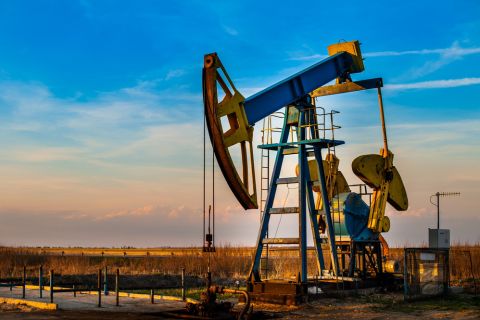Prior to 1938, the natural gas industry in the U.S. was solely regulated by individual states. In 1938, the federal government became involved with the passage of the Natural Gas Act (NGA). The NGA created the organization that would become the predecessor to the Federal Energy Regulatory Commission (FERC). It required that any import or export of gas, including LNG, be approved by the Department of Energy (DOE) and that siting, construction and operation of LNG facilities be approved by FERC.
The NGA has since been amended such that applications to export gas to 20 free-trade agreement (FTA) countries are approved without amendment or delay. These are known as blanket authorizations. Export applications to non-FTA countries, Japan and most of Europe, require a long-term authorization, for which applicants must provide significantly more information, such as the sales contract including the name of the purchaser, the markets into which LNG will be sold and the start date.
With the sudden rise of the shale plays and changing future of America from energy importer to energy exporter, the DOE commissioned a study to determine the impacts of LNG exports. The first part, completed by the Energy Information Administration (EIA), concluded that LNG exports would lead to higher gas prices domestically, increased production and reduced consumption.
The second part, completed by National Economic Research Associates (NERA), a third-party consulting firm, studied the net economic impacts, finding that the net benefit to the U.S. increased as the level of LNG exports increased, with the highest benefit coming from unlimited exports. The study also found that the level of employment will be unaffected, although there will be shifts in the labor market consistent with traditional turnover in any industry.
The first and most famous long-term export application approved by the DOE is the Sabine Pass project being developed by Cheniere Energy Partners. The application was filed with the DOE in September 2010 and approved in May 2011, pending FERC approval, which came in April 2012. That facility is expected to be in service by the end of 2015, with additional capacity coming online through 2017.
After Cheniere’s approval, the DOE halted non-FTA permits until the completion of the EIA and NERA studies. In total, seven have been approved, with 26 applications pending. The DOE has indicated that it will first examine those applications received before December 2012, which also pre-filed with FERC, then those filed before December 2012 without pre-filing status, and finally those received after December 2012, in the order received.
Getting DOE approval is always contingent upon FERC approval. And while the DOE application costs $50, the FERC application can cost $50 to $100 million. The FERC must prepare an environmental impact study as well as coordinate the efforts of all other agencies. For instance, the Coast Guard must complete a water suitability and security study, and state and local governments must issue environmental and construction permits. All told, more than 40 permits are required. At minimum, the process can take 20 months, but it can also take three years or longer.
The DOE is taking a measured approach to each successive application, taking an average of six to eight weeks to review and issue each authorization. At that pace, it will take two years to move through the current queue, but the wheels are in motion, and the U.S. is on pace to become a significant source of LNG.
Recommended Reading
Texas LNG Export Plant Signs Additional Offtake Deal With EQT
2024-04-23 - Glenfarne Group LLC's proposed Texas LNG export plant in Brownsville has signed an additional tolling agreement with EQT Corp. to provide natural gas liquefaction services of an additional 1.5 mtpa over 20 years.
US Refiners to Face Tighter Heavy Spreads this Summer TPH
2024-04-22 - Tudor, Pickering, Holt and Co. (TPH) expects fairly tight heavy crude discounts in the U.S. this summer and beyond owing to lower imports of Canadian, Mexican and Venezuelan crudes.
What's Affecting Oil Prices This Week? (April 22, 2024)
2024-04-22 - Stratas Advisors predict that despite geopolitical tensions, the oil supply will not be disrupted, even with the U.S. House of Representatives inserting sanctions on Iran’s oil exports.
Association: Monthly Texas Upstream Jobs Show Most Growth in Decade
2024-04-22 - Since the COVID-19 pandemic, the oil and gas industry has added 39,500 upstream jobs in Texas, with take home pay averaging $124,000 in 2023.
What's Affecting Oil Prices This Week? (Feb. 5, 2024)
2024-02-05 - Stratas Advisors says the U.S.’ response (so far) to the recent attack on U.S. troops has been measured without direct confrontation of Iran, which reduces the possibility of oil flows being disrupted.




